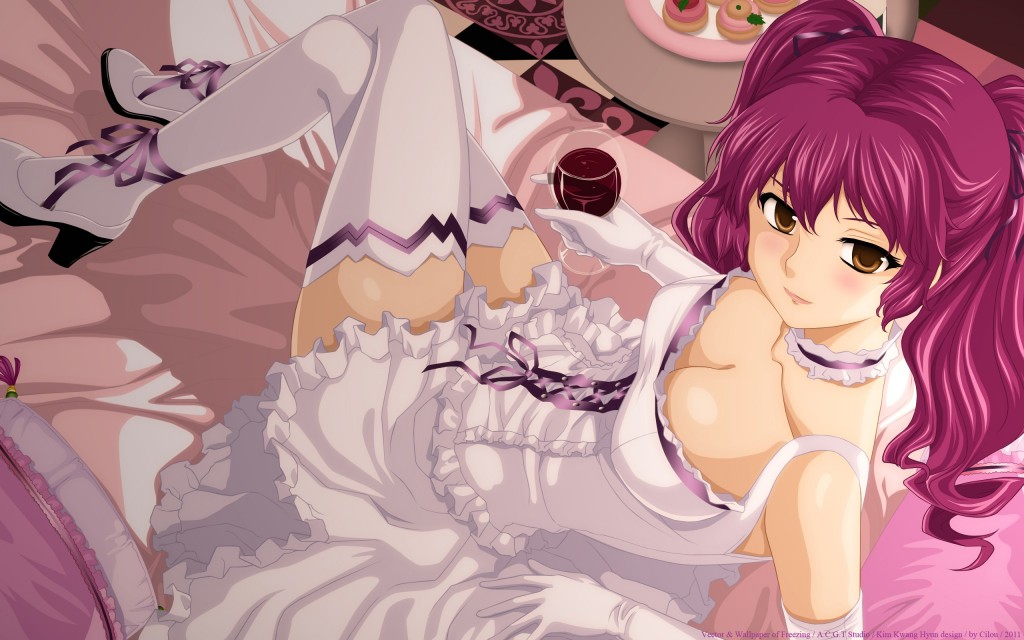 Hentai. Yep, I am going there! Some information here may be considered graphic. You’ve been warned!
Hentai. Yep, I am going there! Some information here may be considered graphic. You’ve been warned!
Hentai is as valid a branch of manga and anime as shonen and shojo. Hentai has a long history and conflicted definitions. The word hentai is a compound word that describes a person, action, or state of being sexually abnormal. Hentai describes a sub-genre of erotic literature rather than all erotic literature. The word nōmaru is sometimes used as an antonym for hentai. H (pronounced as etchi or ecchi) and ero refer to any manga and anime with sexual content. Hentai only refers to sexual situations that are considered perverse and fantastic: bizarre partners and gang rape, for example. Western fans often use H and hentai interchangeably.
Hentai has three different definitions:
- change of form or shape
- an abbreviation for ‘hentai seiyoku’
- metamorphosis (as in the change from caterpillar to butterfly)
Hentai seiyoku translates roughly to “abnormal sexual desires.” During the Meiji period (1857-1912), this was a branch of Japanese sexology. The term attached to works that contained bizarre sexual content between 1912-1925. Before this, such literature was called, “erotic, grotesque nonsense.”
Brief History of Hentai
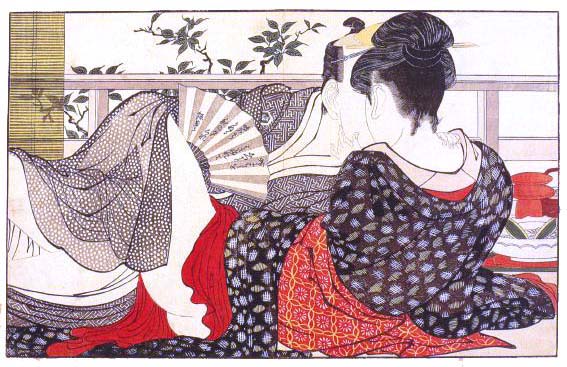
Hentai can be traced back to the dawn of manga. Manga has roots in Buddhist scrolls dating to the 12th Century. These scrolls had little political cartoons of animals making fun of nobles and clergy. These developed into ukiyo-e prints. These prints were made from wood engravings and allowed for faster production than scrolls made by hand. Ukiyo-e’s shunga engravings were used as sex guides during the Edo period. During the 20th Century, Japanese art styles adopted Western elements. This mix eventually produced the style of manga drawing we know today (McLelland, 2006).
After World War II, both manga and hentai exploded. Astro Boy and others appeared during this time. Japanese press was free to explore all the themes that the focus on wartime literature prevented. Nikutai Bungaku, carnal literature, appeared everywhere. This was a reaction of the survivors of World War II as much as a reaction to the removal of wartime press rules.
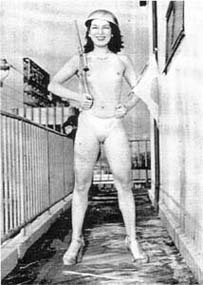
Those who survived the war often only had their bodies. Everything else was destroyed. This gave people special appreciation for their bodies as a possession. This was also the first time women’s bodies were displayed in public. Petting couples and other public displays of sexuality appeared. H (etchi) came to describe sexual literature around 1952.
The 1950s saw the revival of love suicides, a genre of love story that was popular before the War. Love suicide is considered abnormal, hentai. Homosexual relations, sadomasochism, fetishes, lesbian relations, and even seppuku saw focus magazines. Hentai fetishes range from loincloth maniacs, male disembowelment, and up to the iconic tentacle (McLelland, 2006; Ortega-Bren, 2009; Serendip Studio, 2012) .
About that Tentacle
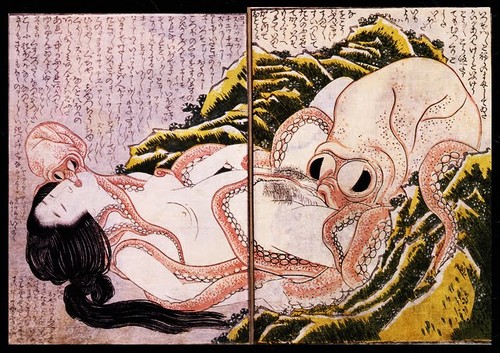
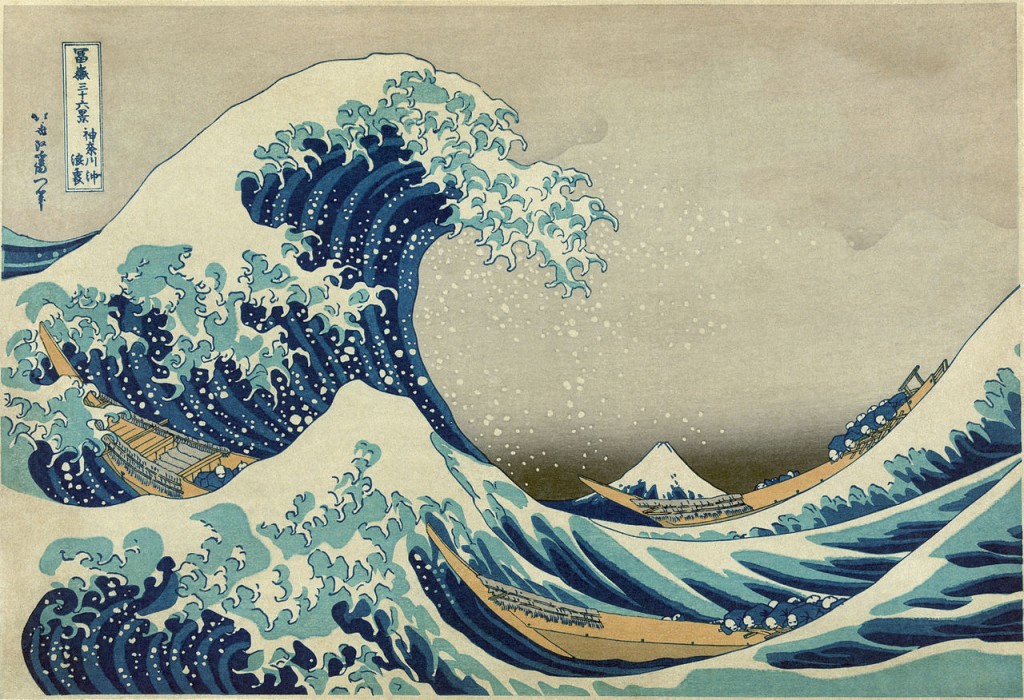
In the tentacle illustration, Tamatori, who stole a jewel from the Dragon King, is captured and has consenting sex with the king and his army of octopi (Lunning, 2012).
Toshio Maeda is considered the creator of modern tentacle hentai. Anthony Bourdain (2014) interviews him on Parts Unknown. In 1986, Maeda used a tentacle to depict sex acts in his Urotsukidoji manga. Penises, body orifices, and penetration were illegal. This law drove the mangaka to get creative. The tentacle became a phallic symbol. Maeda also relied on demons for his scenes. If it wasn’t for the censorship law, it is possible that the tentacle may have remained in historical obscurity.
Hentai Appeal
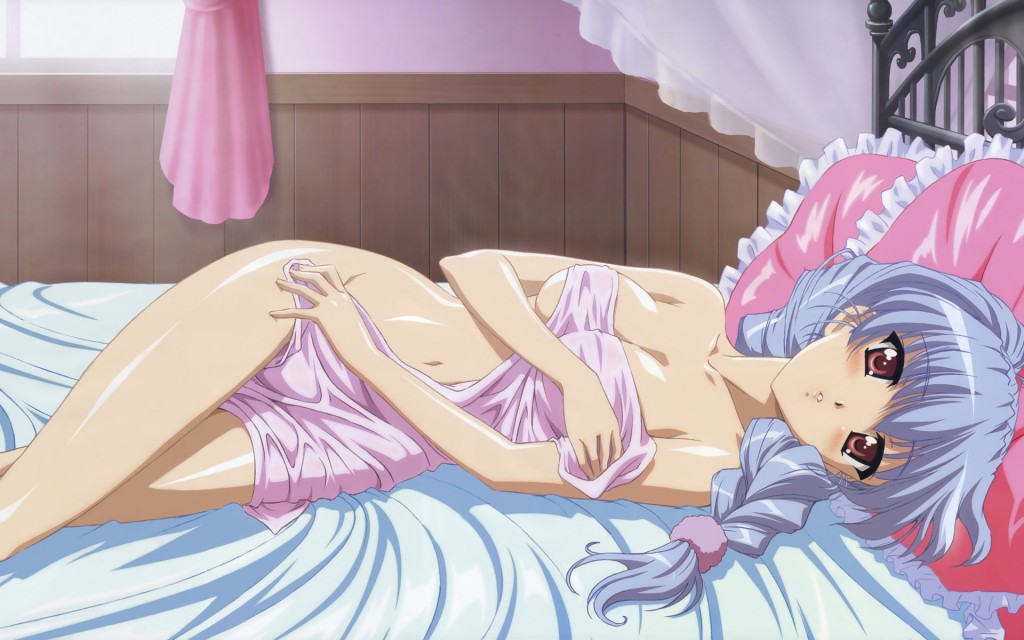 The abnormal aspect of hentai is what creates its appeal. It creates a fantasy world of demons, octopus, and other sexual hijinks that are impossible to perform. You will find women with penises, furries, demons, and things from the outer edges of imagination. Hentai is categorized as lacking personable qualities. There is a barrier between the viewer and the scenes because of the lack of realism. Hentai provides an outlet that explores darker, odder regions of human psychology. It provides a means to shake people out of their standard thinking as some post-WWII advertising did. For Western audiences, hentai is often taboo. For some people, the fact hentai is animated fantasy allows them to approach it more readily than American porn.
The abnormal aspect of hentai is what creates its appeal. It creates a fantasy world of demons, octopus, and other sexual hijinks that are impossible to perform. You will find women with penises, furries, demons, and things from the outer edges of imagination. Hentai is categorized as lacking personable qualities. There is a barrier between the viewer and the scenes because of the lack of realism. Hentai provides an outlet that explores darker, odder regions of human psychology. It provides a means to shake people out of their standard thinking as some post-WWII advertising did. For Western audiences, hentai is often taboo. For some people, the fact hentai is animated fantasy allows them to approach it more readily than American porn.
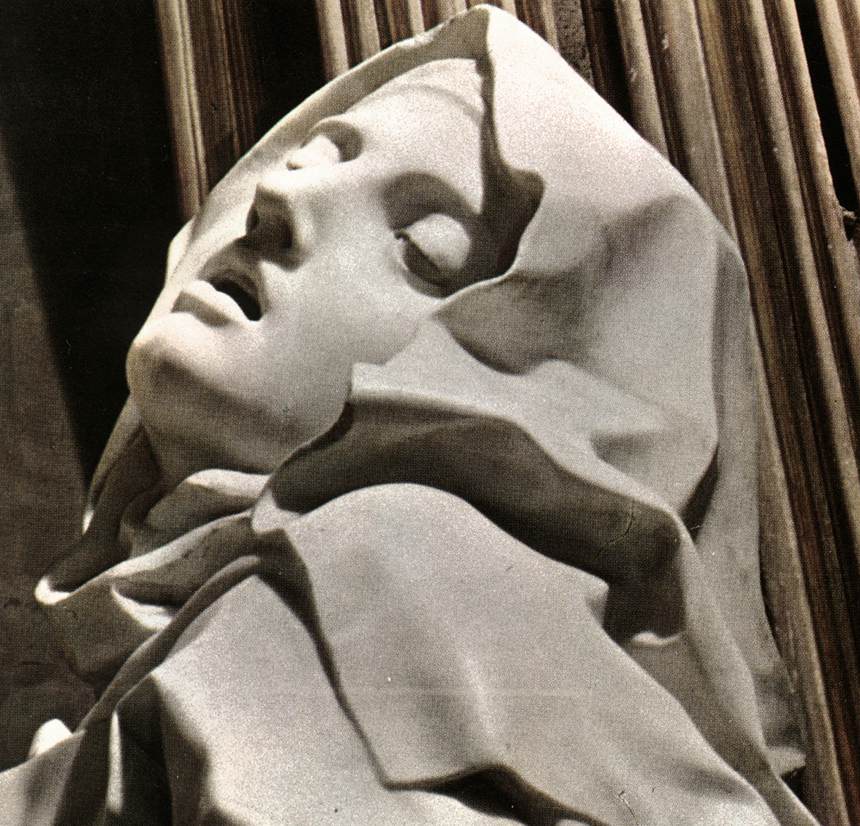
The expression of pleasure of Saint Therese caused a fair bit of controversy.
Hentai has a reputation for being poor quality: skipping frames, poor story telling, and more. Of course, this assessment extends to other genres of anime and manga. However, hentai has many similarities to Baroque art. Baroque art often depicted moments of ecstasy, such as the Ecstasy of Saint Therese. Saint Therese experienced various visions. She described these visions in often sexual terms. Bernini shows a scene of an angel just about to pierce the saint with an arrow. Hmmm. a metaphor perhaps? Explains the look on the sculpture’s face, doesn’t it?
Hentai takes it a little further with drawing of internal cavities and other details to get the point across. Like Baroque art, the beautiful and the monstrous can co-exist. A rape scene, for example, may be beautifully detailed. Baroque has many works that beautifully portray a brutal death or event. Hentai and Baroque art have many similarities (Pena-Pimentel, 2010).
Hentai is a genre to itself. Yaoi, yuri, and ecchi are all different aspects of the wider eros genre. Yaoi and yuri likely started as part of hentai. Over time, these genres become more acceptable and moved out of the genre.
Like American porn, hentai has a fair level of misogyny. Misogyny itself could be considered an abnormal fetish.
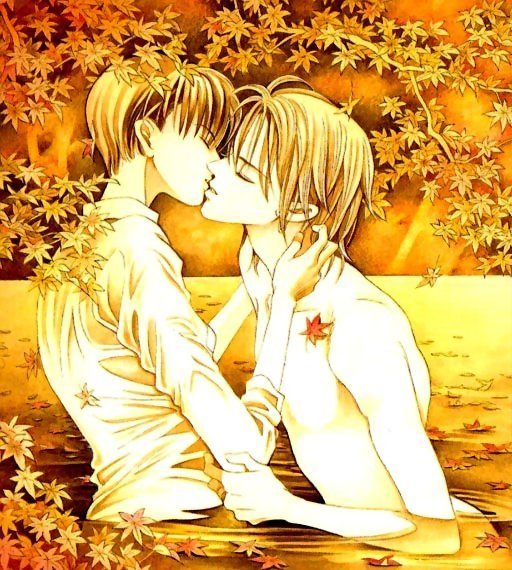
References
Bourdain, A. (2014). Anthony Bourdain Parts Unknown: Tokyo. http://transcripts.cnn.com/TRANSCRIPTS/1401/25/abpu.01.html
Diver, K. (2005). Archaeologist finds ‘oldest porn statue’ The Guardian. http://www.theguardian.com/world/2005/apr/04/arts.germany
Lunning, F. (2012) Tentacle Trance: Slithering Sensuality in Illustration Influenced by Anime, Manga, and Gaming. http://mcad.edu/events-fellowships/tentacle-trance-slithering-sensuality-in-illustration-influenced-by-anime-manga-and-gaming
McLelland, M. (2006). A Short History of ‘Hentai’ Gender & Sexuality in Asia & the Pacific. http://intersections.anu.edu.au/issue12/mclelland.html
Ortega-Brena, M. (2009). Peek-a-boo, I See You: Watching Japanese Hard-core Animation. Sexuality & Culture 13. 17-31.
Pena-Pimentel, M. (2010). Baroque Features in Japanese Hentai. International Journal of Comic Art (12) 2. 469-486.
Serendip Studio (2012). Sex and Work: Japanese Host Clubs and Hentai into Context. http://serendip.brynmawr.edu/exchange/node/12364
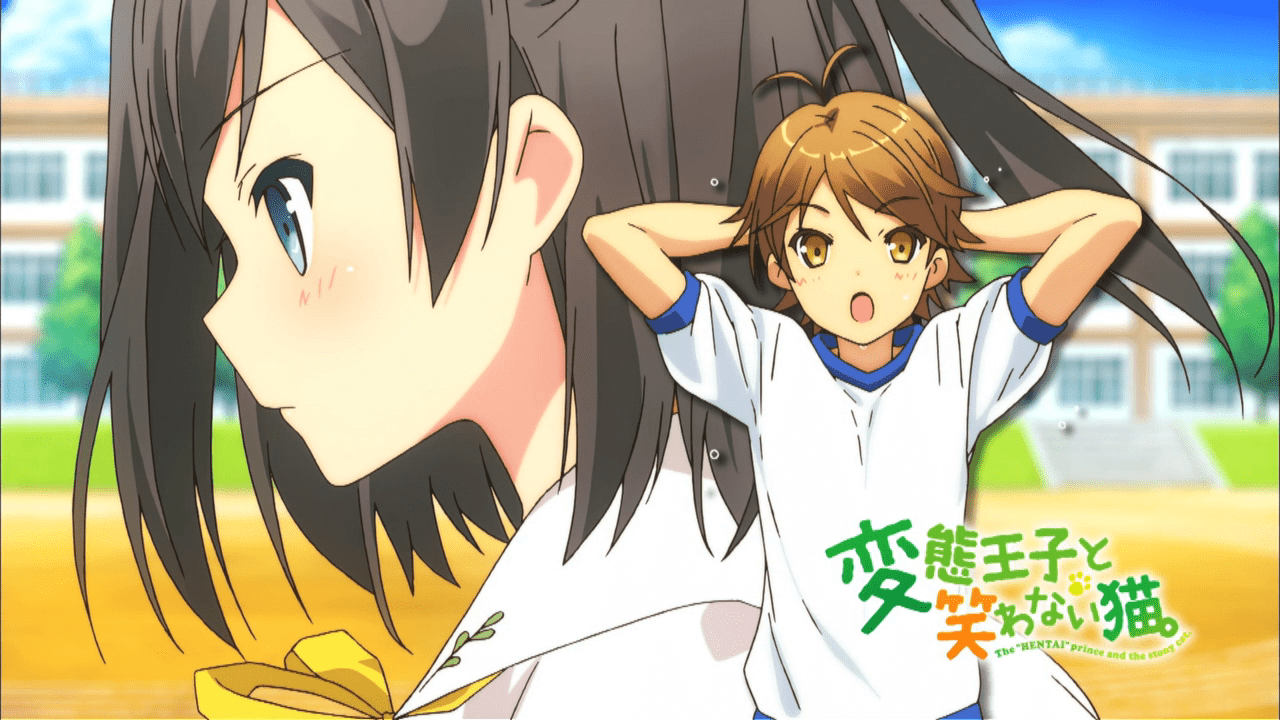
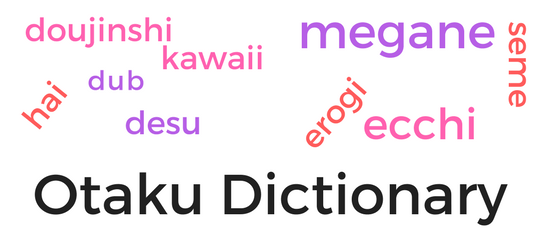
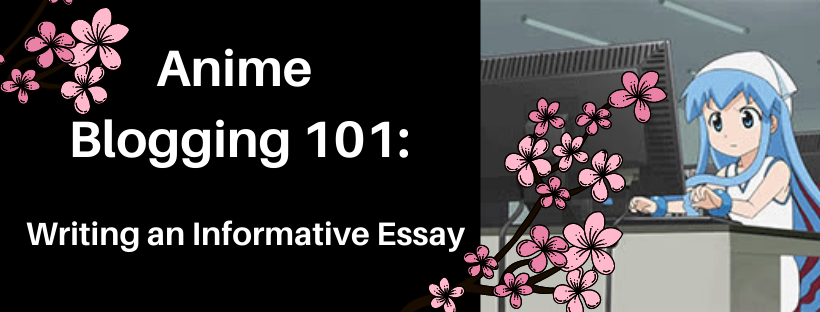

It’s simple.
Today, in the United States, we’re making progress on gender equality and LGBT rights.
There was no longer a place for men with old conservative values.
There is a huge amount of representation in Jap pornography that is annexed to those men.
It spread to the United States and the rest of the world.
Porn for the far-right misogyny, that is what Jap porn is all about.
It’s a sex substitute that men who have been left behind in the times love.
The Japs are a nation loved by the misogynists of the world.
You make a good point about hentai aiming toward men with older views or those who otherwise can’t develop relationships.
i knew hentai had a long history long this.
Western shit just keeps mixin’ up the words Ecchi and hentai cuz its Ecchi that should be used to described this doujin. Den again “EcchiHeaven” wont have its cool sounding lick would it? Either way. I juss enjoy hentai for the difference it provides in porn and in other relation of sexual desire. At least when it comes to tits they look like they on ’em (they really do look like it) Its such a nice taboo to get around the bonfire and juss read stories of it with others who seem to be in that area of LEwd figures… Helll YEa
People often confuse ecchi and hentai. Anime’s fantasy often ignores the effects of gravity on breasts and hair and fabric, but anime does pull from observations when it comes to styles and shapes. Anime does allow people of all interests to join together as communities. If anything, this ability is anime’s best strength.
Great read! The Baroque comparison is interesting, especially as I’ve been listening to Ulver’s new album where they touch upon the Saint Therese imagery in one of the songs. I’d like to see the topic of misogyny and feminism explored in more detail too. Thanks and keep up the good work!
I’m glad you enjoyed it. Actually, I’ve been researching Japanese feminism and how it differs from that of the West. It will likely be a long article when I’m finished.
Holy crap, this is most likely the most firm description of hentai through out the ages I’ve ever encountered. I knew about the tentacle stuff being big, but I never knew it started so long ago. This is very interesting because I’m looking for more information on where exactly the sexuality of Japan ‘socially’ stopped. This seems in some of this article it was actually revved up after the war… But what happened afterward to make it so shameful to be sexual in public… (within reason).
Between hikikomori, the working poor, karoshi and the destruction of the love hotel and many other ‘laws’ that have hindered the Japanese and their sexuality, no wonder it’s population is decreasing like mad right now. Either way, it’s fair to state that I’ll link over to this article from my main site http://nihonscope.com when I get around to also explaining hentai.
I know of it well as I own a huge hentai based flash game site as well. But… either way, thanks for the insight into Japanese sexuality, beyond just what we newbs know as hentai.
You touch on many of the factors that create herbivores, those that forego relationships and sexuality. In the United States, long working hours and other economic factors are damaging sexuality so it makes sense the Japanese would feel the same pressures. In turn, that drives more people toward private consumption of hentai.
I’m glad you enjoyed the article!
This was a good read. If you’d like to further brush up on the history of hentai as a whole, you should give this a read: http://hentaiweeb.com/what-is-hentai/ I know it’s long, but if you’re on this page you’re clearly curious. You could also try Wikipedia, but Wikipedia is always so filled with information you couldn’t care less about when trying to find something specific haha.
Again, great read. Could’ve used a little more fleshing out but still great quality. 🙂
I’m glad you enjoyed the article. Thank you for the link! Your article provides details I left out of mine.
The trouble with Wikipedia is quality. Anyone can edit articles, which leaves the information suspect. Bias and other subtle, misleading information can sneak into articles, but Wikipedia is a good starting point to get a general idea.